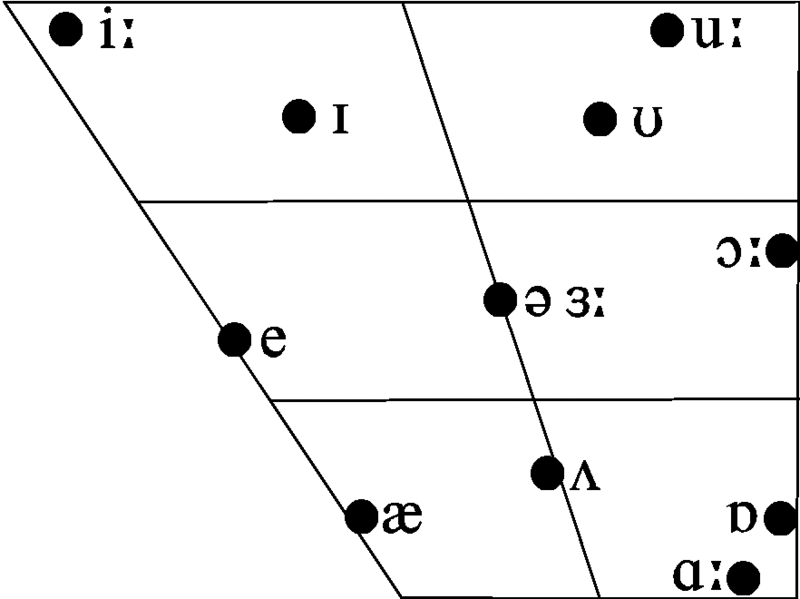Key Difference – Lax vs Tense Vowels
The English language contains five vowels: a, e, i, o, and u, which can represent various sounds. These vowels are traditionally classified into two types in English phonology: lax and tense. The primary distinction between these types is that tense vowels are longer than lax vowels of the same height when all other factors affecting vowel length remain constant.
Key Takeaways
- Lax vowels are shorter than tense vowels of the same height.
- The muscles of the vocal apparatus are relatively loose when articulating a lax vowel, while the tongue and other parts are relatively tense when articulating a tense vowel.
- Lax vowels typically occur in one-syllable words that end in consonants, while tense vowels usually occur at the end of one-syllable words.
What are Lax Vowels?
It is difficult to phonetically define the distinction between lax and tense vowels, as this classification is mainly based on phonotactics (the study of the rules governing the possible phoneme sequences in a language). Therefore, it is best to learn which vowels are considered tense and lax. Lax vowels in contemporary English include:
– /I/ (as i in bit)
– /e/ (as e in bet)
– /æ/ (as a in bat)
– /U/ (as u in put)
– /ô/ (as au in caught)
A vowel’s length is influenced by various factors, but when all other factors—including the height of a vowel—remain the same, a lax vowel is shorter than a tense vowel. The muscles of the vocal apparatus are relatively loose when articulating lax vowels. Lax vowels are mostly found in one-syllable words that end in consonants, such as but, rat, big, had, put, hat, and cat.
What are Tense Vowels?
As previously mentioned, tense vowels are relatively longer than lax vowels of the same height when all other factors affecting vowel length remain constant. For example, /i:/ in “we” (‘wi: ) is longer than the /ɪ/ in “big” (‘bɪg). Moreover, tense vowels usually occur at the end of one-syllable words (open syllable words), such as spa, law, bay, bee, ray, and too. Some examples of tense vowels include i, e, o, u, ɔ, and ɑ. In contrast to the articulation of a lax vowel, the tongue and other parts of the vocal apparatus are relatively tense in the articulation of tense vowels.
What is the difference between Lax and Tense Vowels?
Length:
– Lax Vowels: Lax vowels are shorter than tense vowels of the same height.
– Tense Vowels: Tense vowels are longer than lax vowels of the same height.
Articulation:
– Lax Vowels: The muscles of the vocal apparatus are relatively loose when articulating a lax vowel.
– Tense Vowels: The tongue and other parts of the vocal apparatus are relatively tense when articulating a tense vowel.
Occurrence:
– Lax Vowels: Lax vowels usually occur in one-syllable words that end in consonants.
– Tense Vowels: Tense vowels usually occur at the end of one-syllable words.
